Click here to register for all 6 sessions and each session.
ZOOM Information Session :3/7 20:00 Zoom link
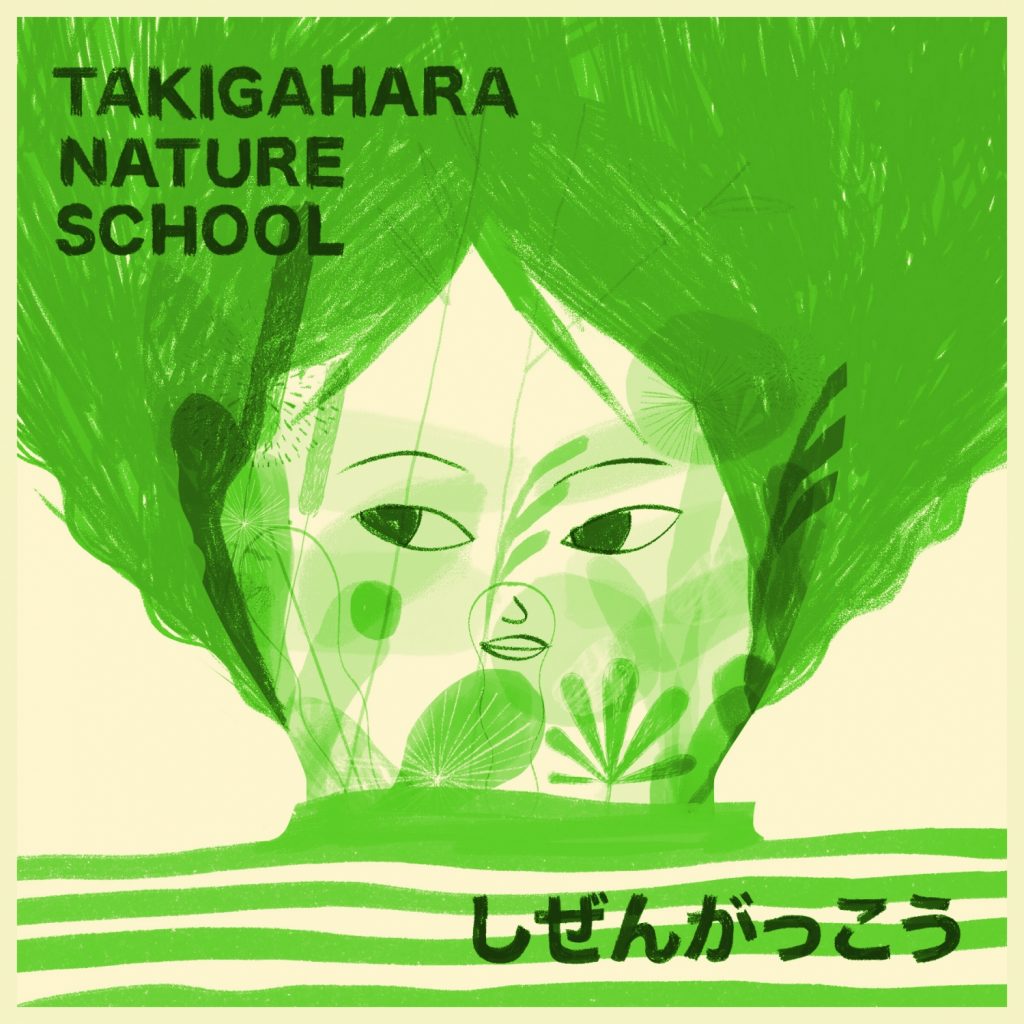
**Notis for english speakers**
This is a great opportunity for you who would like to become better at Japanese while diving into the culture and nature of rural Japan.
Takigahara Nature School has until now been held in Japanese. However this year we would like to invite non-fluent-japanese speakers to join the program as well.
There will not be a professional translator but both Ryo and Anna speak Japanese as well as English, and will be there to help translate.
About
At TAKIGAHARA NATURE SCHOOL, we learn together with nature to explore what it means to live in harmony with people and the earth.
We believe that in this ever-changing world, it is important to remain curious. Grundtvig, the Danish philosopher and founder of Folk High School, said, “We learn for life. This is a key concept in cultural development”.
Let’s cultivate a local lifestyle and a global mindset. Let’s follow the flow of the seasons and cultivate skills with our hands, wisdom with our minds, and relationships with our hearts. This is not a school to decide whether something is good or bad. It is a place that invites a variety of perspectives.
This is not a school where students learn from teachers. This is a place where you can use your whole body to learn from each other. This is not a school where you become a nurse or engineer. This is a place to explore your own way of life with nature.
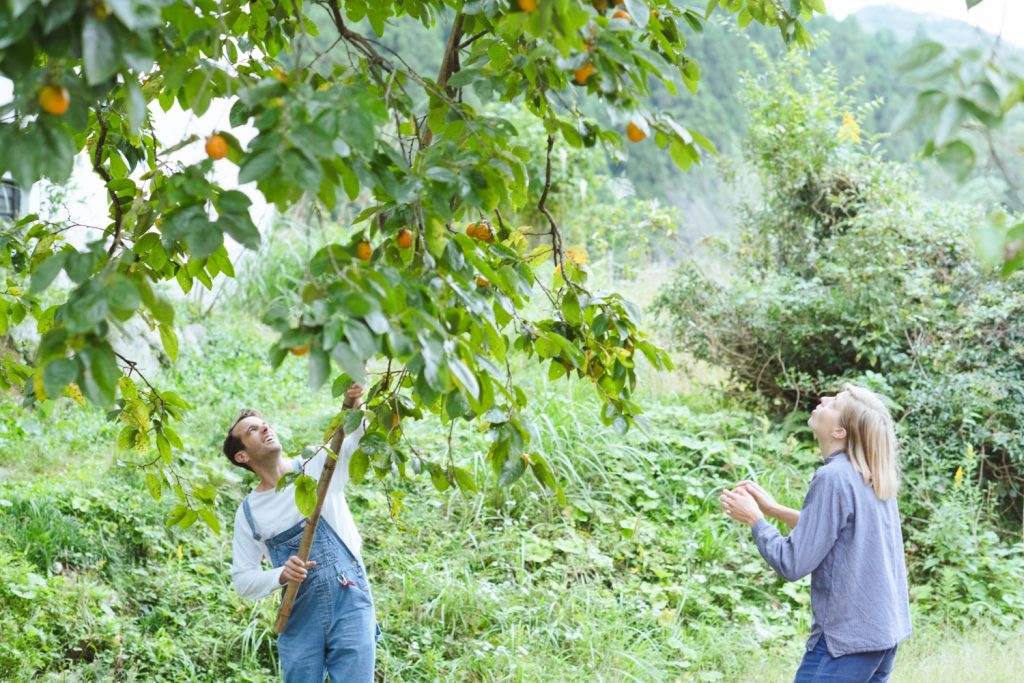
Organizer
Anna Grønkjær Jensen
I grew up at my fathers folk high school in rural Denmark. This experience has shaped my educational philosophy and my ideas about learning environments. My mother teaches music and Danish at a local elementary school. My parents are passionate about creating a nurturing environment for children and young people, and this was a great encouragement for me to pursue a career in education. When I first came to Japan five years ago, I was working at Maru Cafe in Saku City, Nagano. Every week, I would visit local organic farmers to purchase produce for the cafe. My interest in the world’s food culture led me to leave Japan and study at Kaospilot, a social design school in Denmark, for three years before returning to Japan. In the spring of 2020, I moved to Takigahara, where I am currently practicing my work of creating a learning space in the natural and social environment of Takigahara.
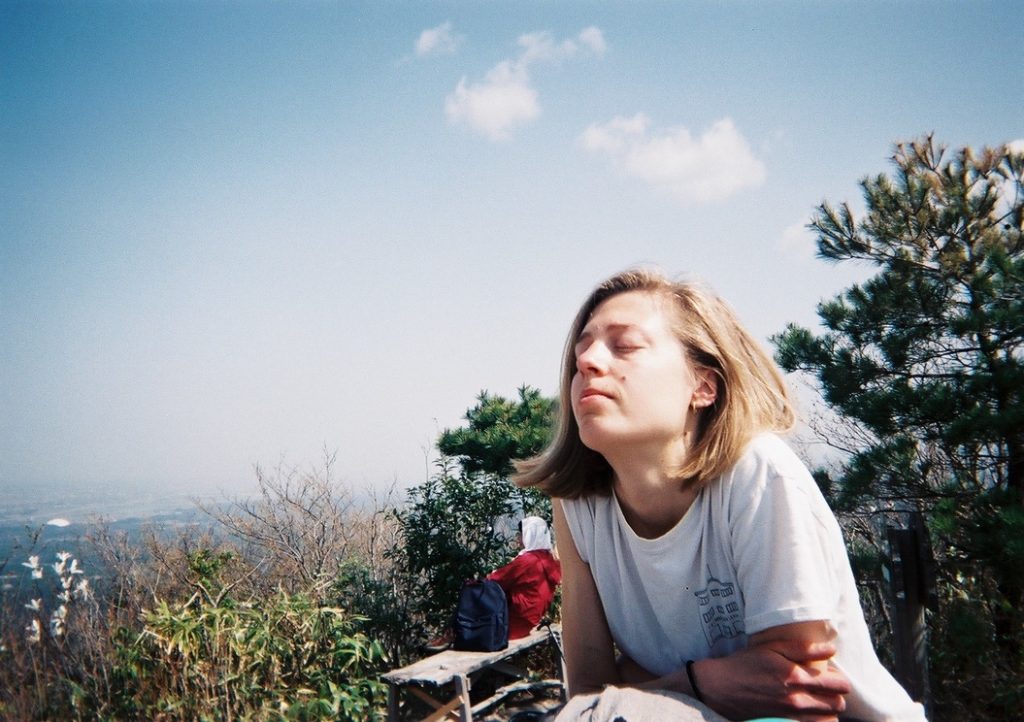
Organizer
Ogawa Ryo
Born in Niigata Prefecture, I moved to Tokyo at the age of 19 to study business administration at Rikkyo University.
During my studies, I felt uncomfortable with the trend of living in a big city and aiming to become a salaryman, and began living in a rural town by the sea near Tokyo.
After graduating and traveling around Japan and abroad, I moved to Takigahara in the spring of 2016 after meeting Mr.Kurosaki, the founder of Takigahara Farm. I was moved by the process of touching the soil, growing vegetables from seeds, and eating them, and gradually became absorbed in a life with the fields.
At Takigahara Nature School, I use my experience of living in Takigahara to teach the joy and fun of learning from soil, seeds, and vegetables.I currently live in Takigahara as the father of Ofri-chan, one dog, five goats and many vegetables.
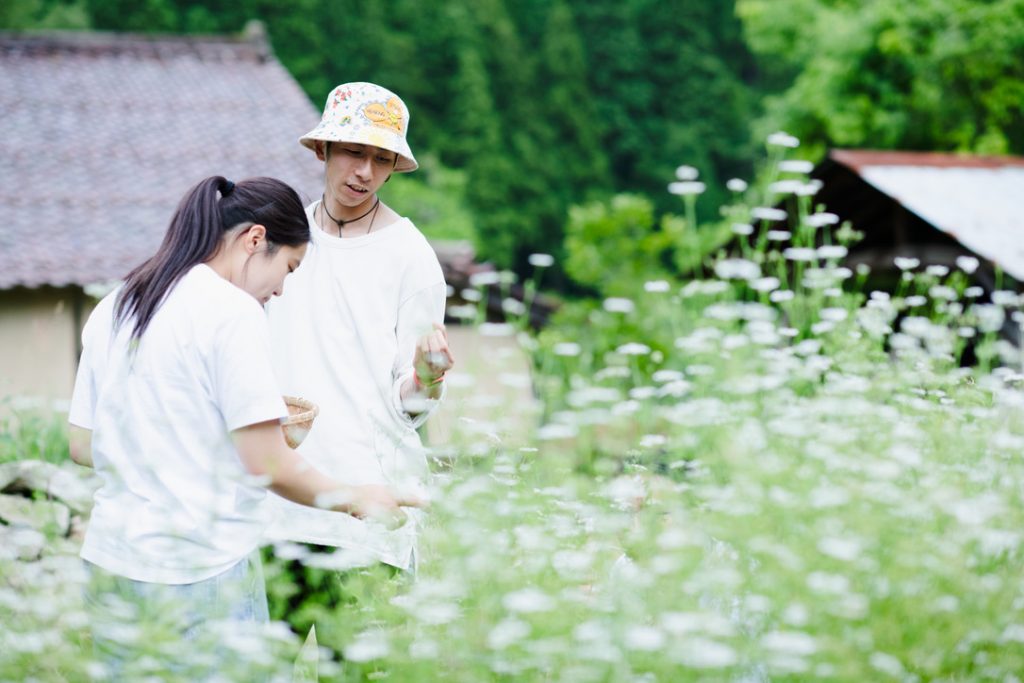
Concept
Through our life in Takigahara, we have tasted the richness of the seasons as felt in the breeze on our skin, the expression of the morning sun, and the vivid colors and tastes of the fruits. We have found the richness of life through a lifestyle where we make our own vegetables, pickled plums, miso, etc., using what is around us as the seasons change, and share the joy with others. We wish to create a place and a community where we can learn from each other and reconsider our relationship with nature and the wisdom of our ancestors. Back to Nature. Let’s cultivate for the future.

Schedule
Saturday and Sunday every month(1 night/2 days) Total 6 times.
Saturday 15:00~ 21:00
Sunday 9:00~16:30
4月9日-10日 「村-Village Life」
5月7日- 8日 「円-Waste-」
6月4日-� 5日 「竹-Bamboo-」
7月2日- 3日 「米-Rice-」
8月6日- 7日 「麻-Hemp-」
9月3日- 4日 「狩-Wild-」
4月9日-10日『村-Village Life-』
What would happen with Japan if we all lived in Tokyo?
The Japanese villages are slowly dying out. Rural life might become part of history books rather than current lived life. All over Japan, villages are hiding treasures. Relationships between people and nature which have been cultivated over centuries. Knowledge and skills which are not to be found on google search, sits with these people who are experiencing the change of seasons, and the synergies arising in the local community.
Takigahara is a village with 170 inhabitants. Five small clusters of houses are spreading up along the valley ending at the foot of Kurakake mountain. The clean air is filled with glittering dragonflies, choirs of frogs hanging around in the rice fields, the smell of someone cooking up something good and the smiles of villagers passing each other in their k-trucks.
What is the wisdom of the land and the people in Takigahara?
Together with Nakade-san, Shimosaka-san, Kenji-san and Yamashita-san, we will dive into the richness of everyday life in Takigahara and create our idea of an ideal future village. At the end of the day, it is up to us to create a life which is worth living.
Program details
Pick wild plants with Nakade-san
Cook dinner together with local ingredients
Storytelling from the old days with the villagers
Explore the stone quarries with Yamashita-san
Bake organic rye bread with Shimosaka Family
Make our future village with Anna and Kenji-san
Villagers’ Profile
Nakade-san, always prepared to take care of a snake in the chicken coop or a holy deer stuck in the fence.
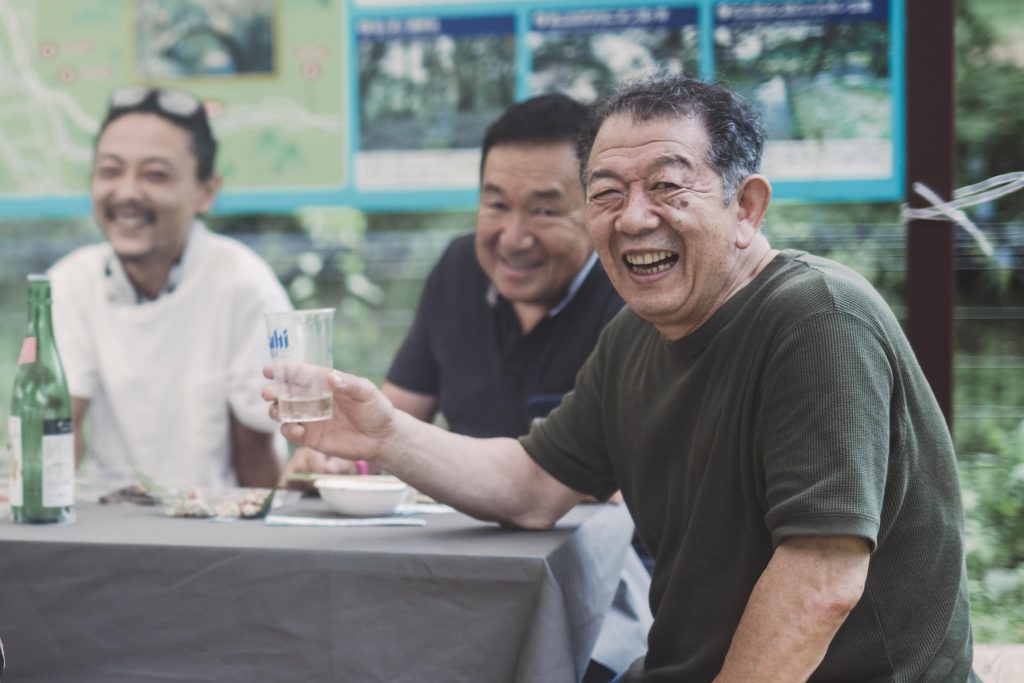
Yamashita-san, the master of Kurakake mountain, clearing the paths for everyone while foraging mushrooms along the way.
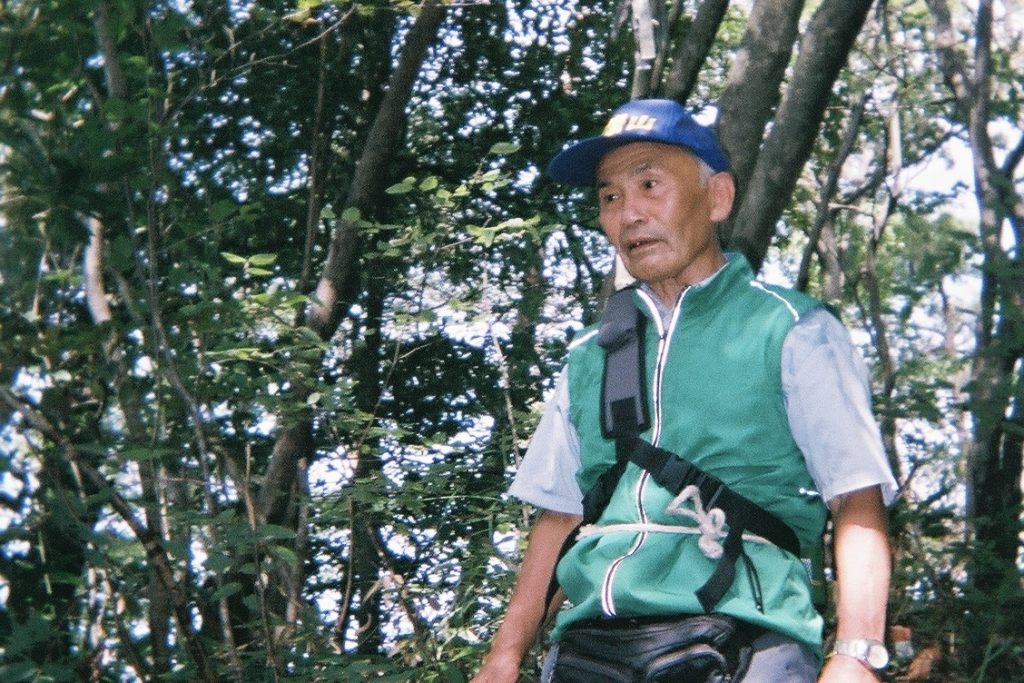
Shimosaka-san, worked at a Russian restaurant in Tokyo for a decade where he mastered the skill of making piroshki which has become his locally famous signature dish. He grows organic Rye flour which is baked to become a beautiful rye bread by his wife.
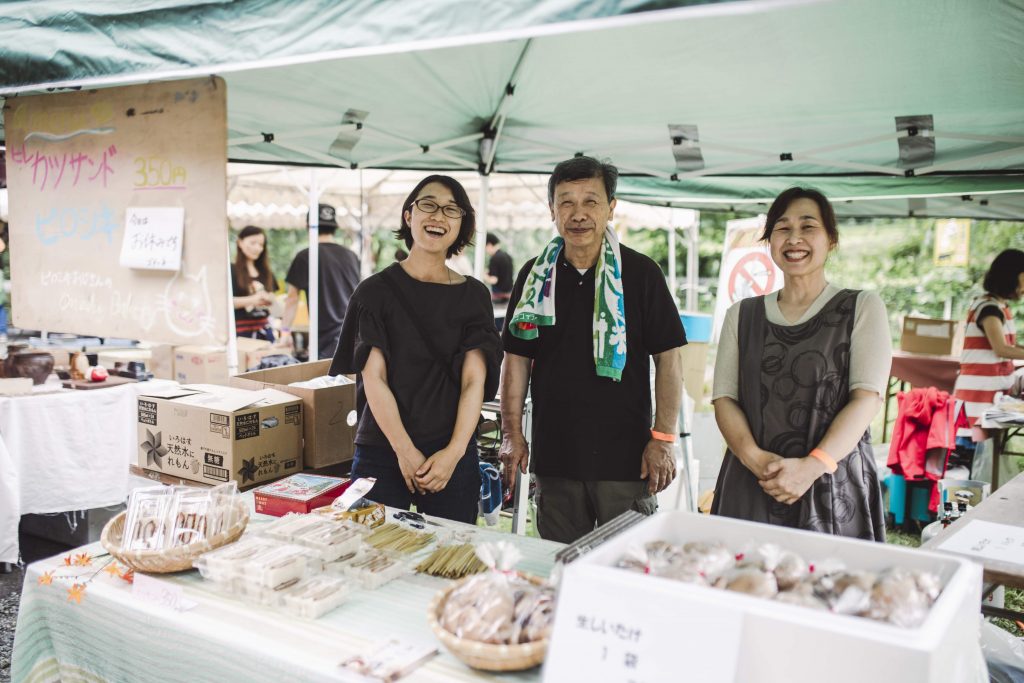
5月7日-8日 「円-�Waste-」
What would the world look like if waste did not exist?
The world we live in today is based on massive consumption and production. Natural resources are processed and turned into products for human use. Smartphones, plastic bottles, shoes, toilet paper etc. When a product is considered useless for one reason or the other the product turns into waste and is thrown away. Where is that place “away”? What happens to the product there?
For much longer than human history reaches back, natural ecosystems have been thriving. Plants grow: turn from seed, to sprout, to flower, wither, demolish and then yet again become the nutrients for another living creature. At what point is the plant turning into trash? Is trash a term in natural ecosystems?
Circular economy is a new way of thinking about production – turning the current linear model into a circular model where products are repurposed and don’t turn into waste.
Together with Yasui Akihiro we will learn about the impact of the circular economy both on a global scale as well as explore the circular possibilities in Takigahara and your everyday life.
Program details
Explore Takigahara’s ecosystem with Yasui-san
Cook a dinner from “trash” with Anna
Notebook making from cardboard with Ryo
Lesson about Circular economy with Yasui-san
Workshop on how to apply circular economy principles to your everyday life with Yasui-san
Teachers’ Profile
Yasui Akihiro
Born on December 12, 1988 in Tokyo, Japan. I’m a circular-economy researcher, sustainable journalist and documentary filmmaker based in Amsterdam. I’m passionate about sharing environmental, socially beneficial ideas through my films and articles. I believe that we can make our world better if we can further expand eco-friendly ideas throughout the world.
The themes I have been addressing are zero waste, food rescue, refugee issues, fair trade, organic agriculture, circular-economy, and sustainable lifestyles. Through working with a sustainable web magazine in Germany “Funkenzeit”, I have interviewed and got involved in various startups and individuals, including a Dutch rescued-food restaurant “Instock”, a circular-economy jeans company “MUD Jeans”, Berlin’s first food-outlet store “SirPlus”, the German refugee supporting project “The Hutto Project” and Slow Food Japan & Germany.
Let’s share great ideas around the earth and make our world better together!

6月4日-�5日 「竹-Bamboo-」
Bamboo brings greenery to the mountains and forests throughout the year, grows to a magnificent size in a few months, and exceeds your height in a few days. Bamboo has been enjoyed since the Jomon period, when people would enjoy eating bamboo shoots in the spring and weave baskets out of it for farming. There is an increase in the number of poorly managed bamboo forests. We will take a fresh look at bamboo as a material and learn how to prepare and craft it.
Takigahara village has plenty of bamboo. With the increasing tendency to thin out the forests we will try to figure out how to use and preserve the bamboo and how to incorporate it into our daily lives.
What changes will you see in your environment and yourself as you incorporate bamboo into your life?
Program details
Cooking the Italian way of bamboo with Tomohiro
Playing the tunes of bamboo
Walking in the bamboo forest
Harvest Takenoko with Nakade-san
Make plates from bamboo with Nari-san
Cook bamboo rice in bamboo over open fire with Anna
Make chopsticks from bamboo with Nari-san
Teachers’ Profile
Satoshi Nariyama
For six years, he was a student at the Kanazawa City Rare and Traditional Industry School (bamboo craft course), where he received instruction from Mr. Kazunosae Motoe and Ms. Saori Hashimoto.
She is fascinated by the beauty and precision of bamboo crafts, and is happy to create works of art that will please and surprise others. He is a member of the Kanazawa City Craft Association.
Career Summary
Graduated from Tokai University, Faculty of Engineering, Department of Communications Engineering
2014-2020 Student at Kanazawa City Rare and Traditional Industry School (Bamboo Craft Course)
2017 – 2021 Selected for Kanazawa City Crafts Exhibition
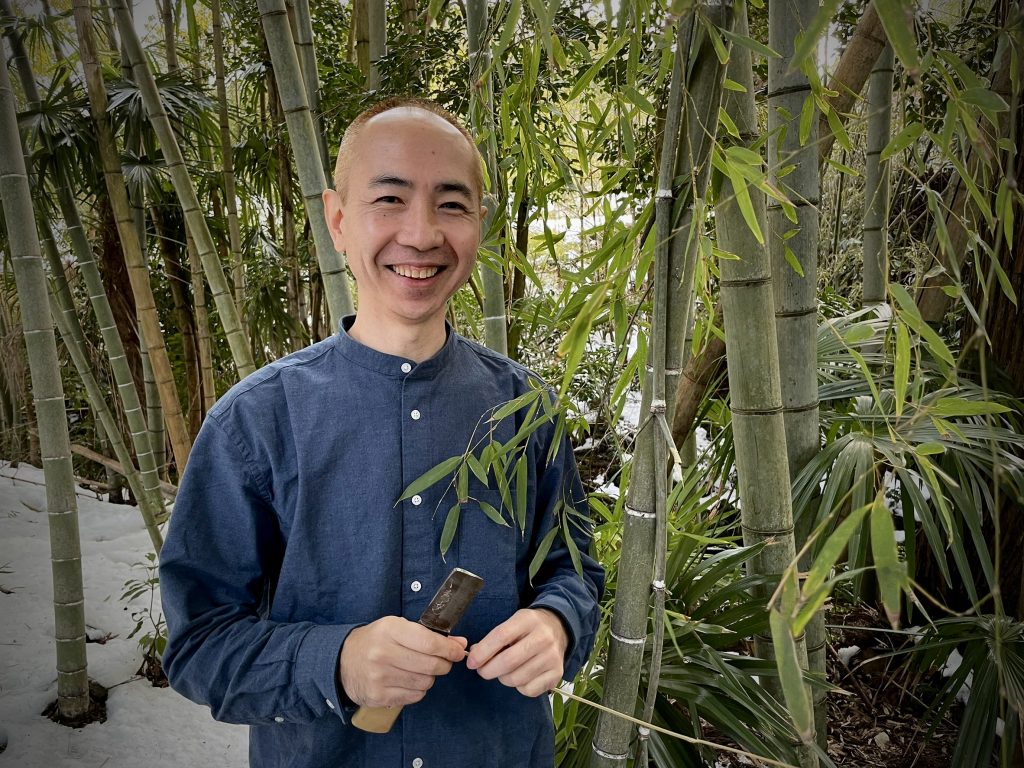
7月2日-3日 「米-Rice-」
Next to the main building of Takigahara Farm, there is a small house made of Takigahara stone. The entrance door is tightly protected with iron bars and thick iron doors on all sides. Back in the days it was used for storing rice. At that time Japan was forced to be 100% food self-sufficient and rice served as the currency instead of money, and therefore the foundation for the development of society.
Even now, rice is the core of our Japanese culture, and we are supported by it every day. I wonder if 100 years from now, Japanese people will still be able to feel their homeland in the beauty of the sunset over the rice fields as they do today?
As we eat the “ultimate rice,” we will ponder on this question. On the second day we will focus on the agriculture and fermentation of rice through the eyes of a rice farmer and a koji maker.
Program details
How to cook the ultimate white rice with Chef Akihiko Fujiwara (Flat Kitchen)
Walk in the forest for a breakfast picnic with onigiri (rice ball)
Visit Miyata Farm
Visit to Takagi Koji Shoten
Teachers’ Profile
Fujiwara Akiihiko
The owner of Flat Kichen, a khao mangai restaurant in Fukui City. He is a chef who loves to cook rice, and his wild and gentle eyes, which are both gentle and sharp, teach us how to live beyond the mere cooking process.
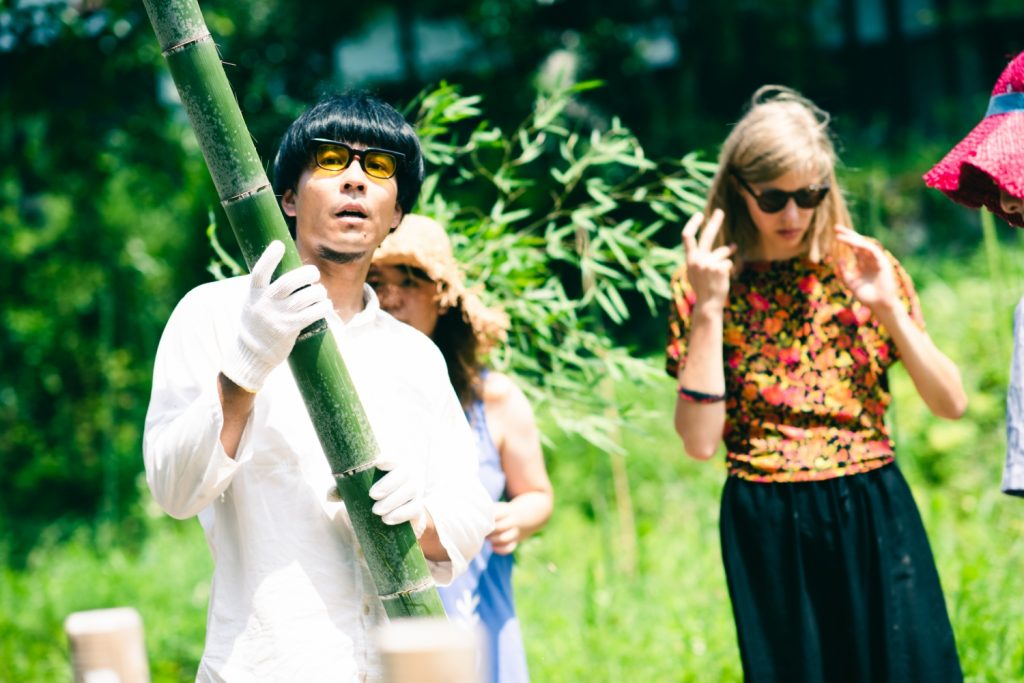
Miyata Farm
Miyata Farm, located in Nomi City, Ishikawa Prefecture, grows rice without relying on pesticides and chemical fertilizers. In this workshop, we will work with Miyata Farm to learn about the reality of organic farming through the five senses.
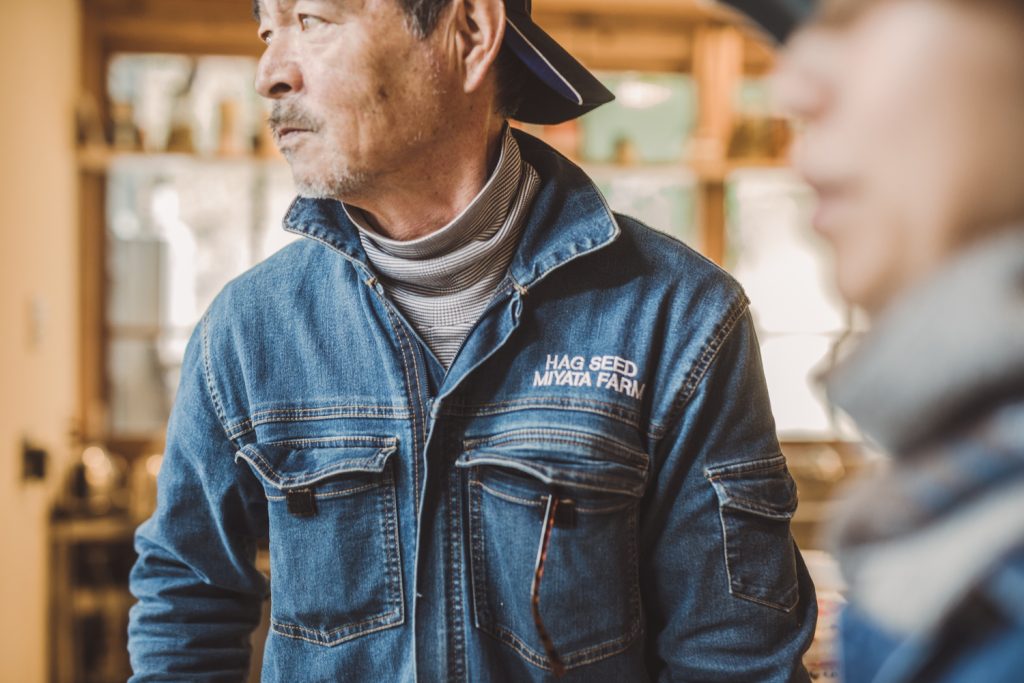
Takagi Koji Shoten
coming soon…
8月6日-7日 「麻-Hemp-」
Hemp is said to have existed in Japan for about 10,000 years. Rice cultivation spread about 3,000 years ago, while hemp was closely related to people’s lives long before that. Food, clothing, and shelter are three main requirements of life. It seems that the first priority was to have something to wear in order to eat and live. By stripping the fiber from hemp, spinning the yarn, weaving the fabric, and wearing it, hemp became an important part of our lives. We will dig up and unravel the history of hemp, which is now on the verge of disappearing.
In this program, we will taste hemp seeds for dinner on the first day, and on the second day we will learn about the lifestyle of our ancestors who used hemp from Mr. Yoshida.
Program details
Cooking with hemp with Anna
Talk Session with Shinichiro Yoshida
Morning Movement
Lecture: Humanity’s History with Shinichiro Yoshida
Sewing workshop using hemp fabric with Facey Orion
Teachers’ Profile
Shinichiro Yoshida
Born in 1948 in Kyoto. He began painting in his twenties, and after meeting the contemporary artist Joseph Beuys, he began to study antiques and folklore on his own. His research focuses on the fibers and threads of natural cloth, Edo-period burlap, and ramie cloth, and he has exhibited and presented his work at the San Francisco Craft Museum, the National Museum of Ethnology, and the Yamaguchi Center for Arts and Media. He has recently launched his own brand of hemp fabric, “majotae,” which conveys the appeal of this fabric.
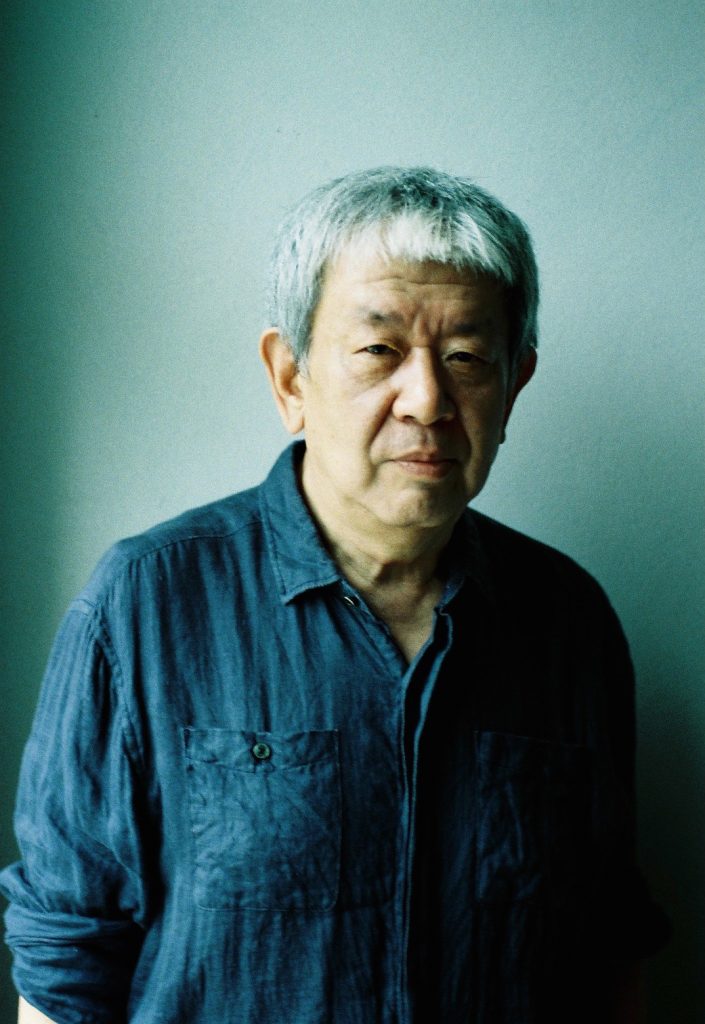
Facey Orion
After studying fashion at St. Martin’s in England, he worked as a pattern maker. He came to Japan five years ago, and is now not only a fashion designer, but also a science fiction novelist who has published a book, runs a bitcoin operation, does graphic design, plays the Koto, and has an inexhaustible range of other activities. His intuitive process of making clothes, which can be called his original style, fascinates both the wearer and the viewer.
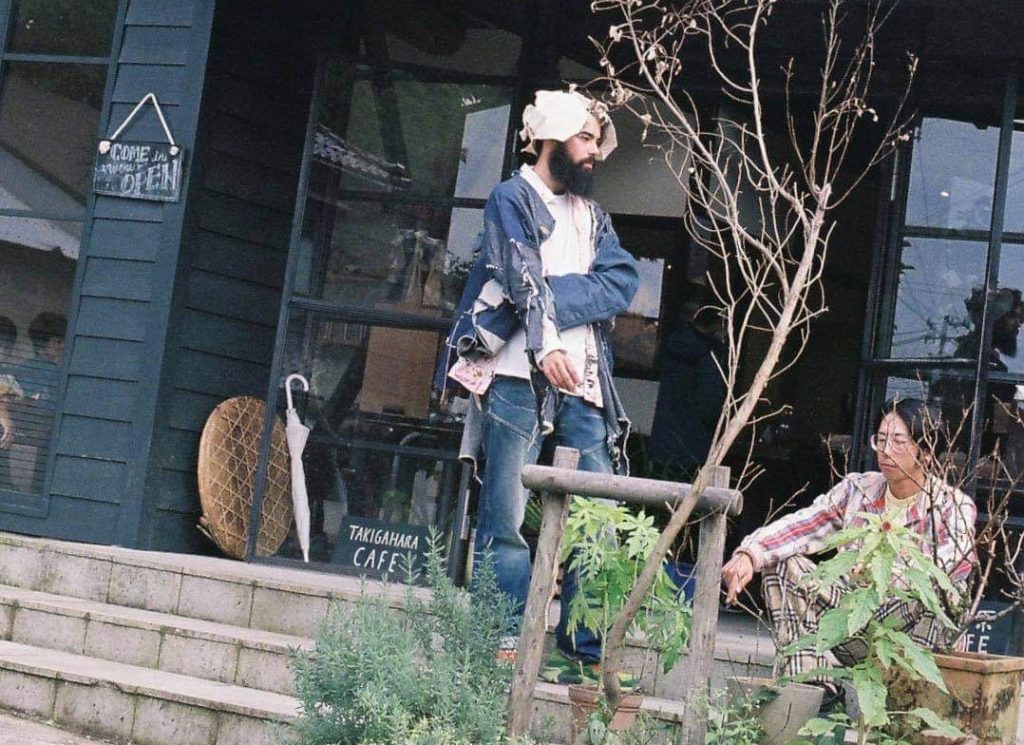
9月3日- 4日 「狩-Wild-」
How do you get food to the table?
We live in a society where food is available in exchange for money. If you have money you can eat. What if you didn’t have money and were to survive from edibles available in your surroundings? Wild plants, treasures from the ocean, wild animals and vegetables grown by the local grandmother who does not measure her produce in gold but rather kindness.
We humans have been provided with a set of senses to help us stay alive: smell, taste, vision, touch and hearing. When we purchase food at a supermarket, the government and food industry has taken care of health measurements and there is no need for us to activate these senses. With a quick look at the expiration date and the nutritional content we can trust that the food product is useful sustenance.
This “Wild” weekend, we will dive into our surroundings and use our human superpower to investigate the edible landscape of Takigahara and together with Tim Mawn create a feast. Let’s gather, cook and eat food to stay happy and healthy.
Program details
Sausage workshop: process wild meat into fresh and preserved sausages with Tim Mawn
“Wild Feast” by Tim and Anna.
“survival game” all about gathering, cooking and eating food which we can find in our surroundings.
Lesson about wild animals and meat with a local hunter.
Teachers’ Profile
Price
Payment
①Full programs 6 times (once a month):150,000 yen→130,000 yen 5 people
②1 time:25,000 yen 10 people
Includings
3 meals (Saturday dinner , Sunday breakfast and lunch)
・1 Bunk Bed @Takigahara Craft and Stay*
・Classes
*Please feel free to ask if you want to book a private room.
* Cancellation fee:5,000yen (to be issued within 1 week before the date of the lecture)

How to apply
Please fill out this application form.
Application Deadline
Applications will be closed when capacity is reached.
Payment Method
After filling out the application form, you will receive a link to peatix. Please proceed from there.
If you have difficulty making a lump-sum payment, please feel free to contact us.

Contact
anna@ishino.co (Anna)
Access
Rent-a-car
Smile Rent-a-Car|Awazu Onsen, Komatsu City
We are a local, friendly car rental agency. Please feel free to contact us.
With a rental car, you can go out for a little shopping or go to the spa at any time you like.
Pick-up and drop-off
If you cannot drive, we will pick you up and drop you off on the day of the tour (or the day before).
(Friday) 16:00 at Kaga Onsen Station
(Saturday) 10:00 and 14:00 at Kaga Onsen Station
(Sunday) 17:00 Departure from Takigahara – Arrival at Kaga Onsen Station
By Airplane
1 hour from Tokyo Haneda, ~25,000 yen round trip
Upon arrival at Komatsu Airport, please use the following route
– Shuttle bus to Komatsu Station (10 minutes) → Train to Kagaonsen Station (15 minutes)
* Car rental services such as ORIX are available at Komatsu Airport. It takes 30 minutes to reach Takigahara.
By train
From Tokyo Station
3 hours, ~3000 yen
– Shinkansen to Kanazawa Station (3 hours) → train to Kaga Onsen (15 minutes)
From Osaka Station
2 hours, ~14,000 yen round trip
– J R Thunderbird to Kaga Onsen (2 hours)
By highway bus
From Tokyo ~8 hours, ~8,000 yen round trip (search on bushikaku.net)
Bus to Kagaonsen, Komatsu, Kanazawa (8 hours from Tokyo) → Train to Kagaonsen (15 minutes)
Buses to Kaga Onsen are also available depending on your point of departure. Please check the route in the bus comparison.
Rental cars are also available in Kanazawa, Komatsu, and Kaga Onsen. It takes 1 hour, 30 minutes, and 15 minutes to get to Takigahara, respectively.
Takigahara Farming Club Spot Participation
Click here
Activities are held every Saturday from 10:30~16:00.
You can stay the night before Friday or arrive the morning of Friday, work in the fields, and then join the Nature School from 15:00~.
We post our activities every weekend on our Instagram stories.
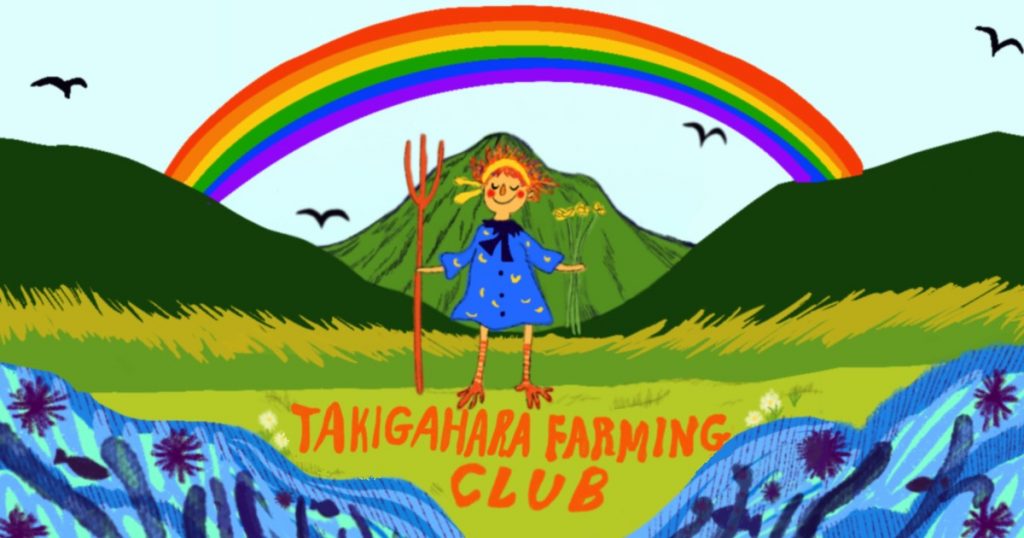
Memories of the last years.
2022.3.4